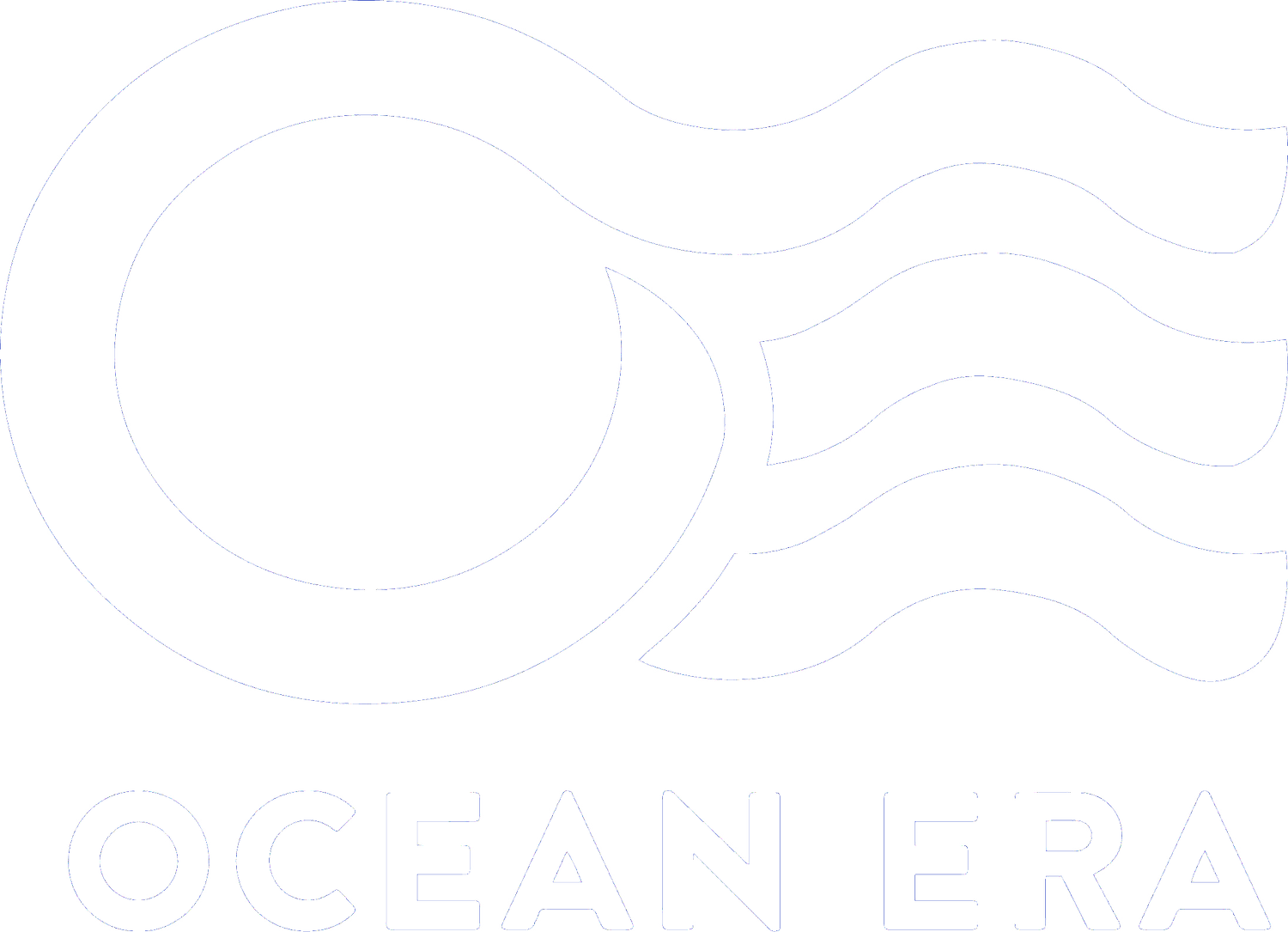Why is There No Commercial Mahi-mahi Aquaculture Yet?
Mahimahi (Coryphaena hippurus), also known as Dorado or Dolphinfish, is a tropical oceanic predator. In the U.S., it is a prized sportfishing species with an annual recreational landing of approximately 5,000 tonnes in recent years; and it is in even higher demand commercially, leading the U.S. to import 25,000 tonnes in 2013 (1). Keep in mind these numbers are for the U.S. alone.
One of the reasons wild stocks have been able to endure this fishing pressure is the remarkable growth and reproductive capabilities of this species. Juveniles have been shown to gain roughly 30 grams a day in laboratory settings, and grow up to 9.5 kg in the first year (2,3). Perhaps more importantly, they reach sexual maturity in just 4 to 5 months in the wild and spawn up to 180 days of the year (4)!
The market, the growth rates, and the success in captive spawning are all there; so why is there no mahimahi aquaculture? The Achilles heel for C. hippurus thus far is their natural aggression: larval rearing can be challenging due to high rates of cannibalism at early life stages, followed by territorial bloodlust as they reach maturity. They start earning the moniker “dolphinfish” at a young age, exhibiting the ability to jump impressively high out of things (tanks) or into things (walls).
At Kampachi Farms we strive to allay this aggression by creating cohorts of single sex mahi. The sex of several other marine fish species can be determined by unique temperature fluctuations near time of spawning, and anecdotal evidence suggests this can be applied to mahi. By defining the ideal water temperature and timing/duration of exposure, we could provide a noninvasive, economical method of producing all-male cohorts. This would be ideal for aquaculture as male mahi aggression is naturally lower in the absence of females, and the overall growth rate of males is higher as they invest less energy in reproduction.
While mahi may be excellent restaurant fare, they are also incredibly useful for ecological research. The same biological features that make this a promising species for commercial production – exceptionally high metabolism, low age at reproduction – make a convenient proxy to illustrate the effects of environmental changes on marine finfish. The University of Miami has used their renowned C. hippurus spawning program in myriad studies since the Deepwater Horizon oil spill to observe the developmental effects this event may have had on pelagic fish species (spoiler: oil is not great for fish). Since mahi progress through their developmental stages so quickly, it is an ideal species in which to study toxicology. For instance, certain levels of embryonic exposure to crude oil may prove nonlethal, but may impact cardiac function and energy demands of the fish later in life (5,6). Similarly, mahi have been used to illustrate the metabolic and behavioral impacts of ocean acidification (7). This knowledge can be applied to past and future scenarios to better understand long term impacts of anthropogenic activity on fish population fitness.
Wild mahi have thus far proven robust to fishing pressure, but the world needs ever more seafood. Optimizing aquaculture of this species can increase availability, alleviate pressure on wild stocks, as well as provide invaluable knowledge for resource management in the face of a changing environment.
More mahi for all!
References:
- NMFS Recreational Fisheries Statistics Queries (2013). National Oceanic and Atmospheric Association. [online] Available at: https://www.st.nmfs.noaa.gov/st1/recreational/queries/ [Accessed 21 Nov. 2017].
- Hagood, R.W., Rothwell, G.N., Swafford, M., Tosaki, M. (1981) Preliminary report on the aquaculture development of the dolphin fish, Coryphaena hippurus (Linnaeus). J. WorldMaricult. Soc., 12(1), pp.135–139.
- Kraul, S. (1989) Review and current status of the aquaculture potential for the mahimahi, Coryphaena hippurus. Advances in Tropical Aquaculture, Workshop at Tahiti, French Polynesia, 20 Feb-4 Mar 1989.
- McBride, R.S., Snodgrass, D.J., Adams, D.H., Rider, S.J. and Colvocoresses, J.A. (2012) An indeterminate model to estimate egg production of the highly iteroparous and fecund fish, dolphinfish (Coryphaena hippurus). Bulletin of Marine Science, 88(2), pp.283-303.
- Esbaugh, A.J., Mager, E.M., Stieglitz, J.D., Hoenig, R., Brown, T.L., French, B.L., Linbo, T.L., Lay, C., Forth, H., Scholz, N.L. and Incardona, J.P. (2016) The effects of weathering and chemical dispersion on Deepwater Horizon crude oil toxicity to mahi-mahi (Coryphaena hippurus) early life stages. Science of the Total Environment, 543, pp.644-651.
- Pasparakis, C., Mager, E.M., Stieglitz, J.D., Benetti, D. and Grosell, M. (2016) Effects of Deepwater Horizon crude oil exposure, temperature and developmental stage on oxygen consumption of embryonic and larval mahi-mahi (Coryphaena hippurus). Aquatic Toxicology, 181, pp.113-123.
- Pimentel, M., Pegado, M., Repolho, T. and Rosa, R. (2014) Impact of ocean acidification in the metabolism and swimming behavior of the dolphinfish (Coryphaena hippurus) early larvae. Marine biology, 161(3), pp.725-729.
